Any old furniture can always be put in order and given a second life. This also applies to old chairs with a hard seat, for which you can sew beautiful and stylish covers with an elastic band. Soft foam covers will refresh the furniture and make it more convenient for use in everyday life.
What types of covers are there?
Sewing patterns for chair seats are presented in a wide range. Users can choose products of any shape, size, style. Covers can be round, square, completely covering the legs of the furniture.
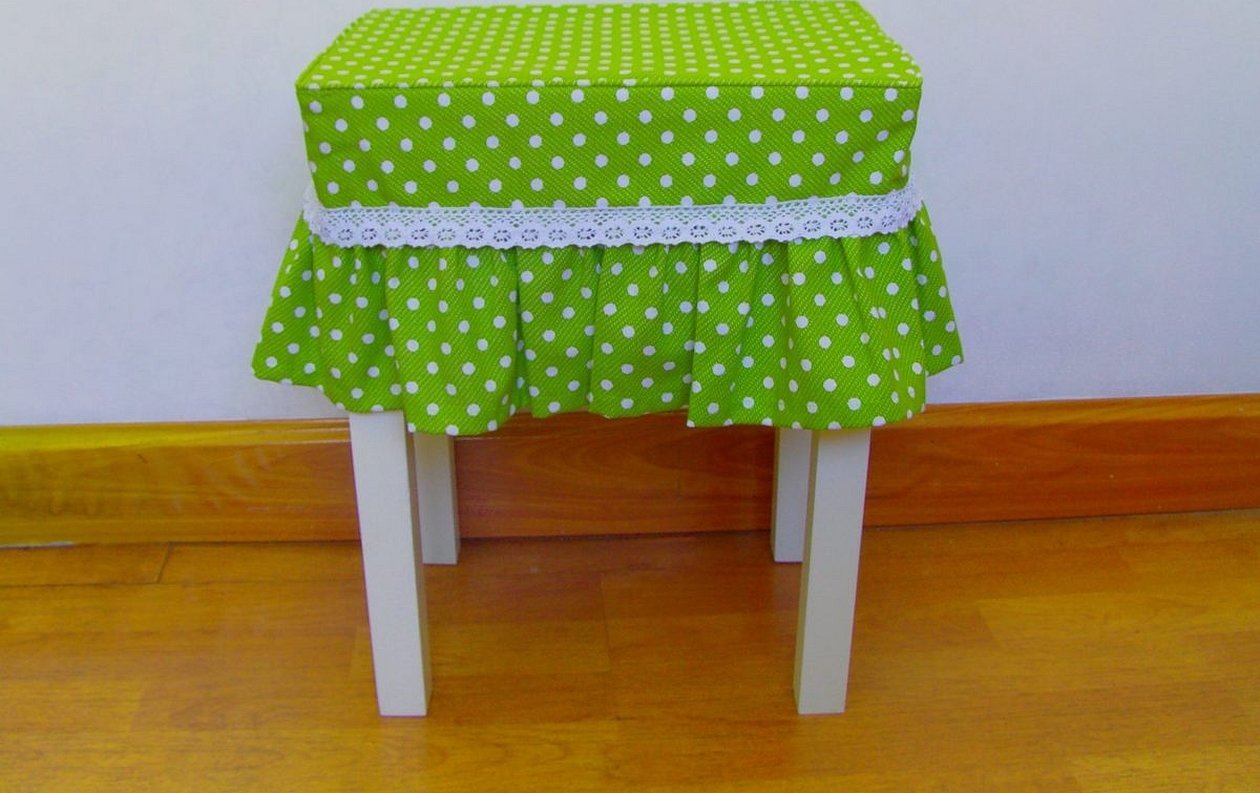
Depending on the type of fastening, the following types of capes are distinguished:
- with ribbons;
- with ties;
- with an elastic band.
Chair covers are also attached using loops.
For your information! The color range is also varied: the cases can be either soft pastel or bright acidic. It all depends on the user's taste preferences.
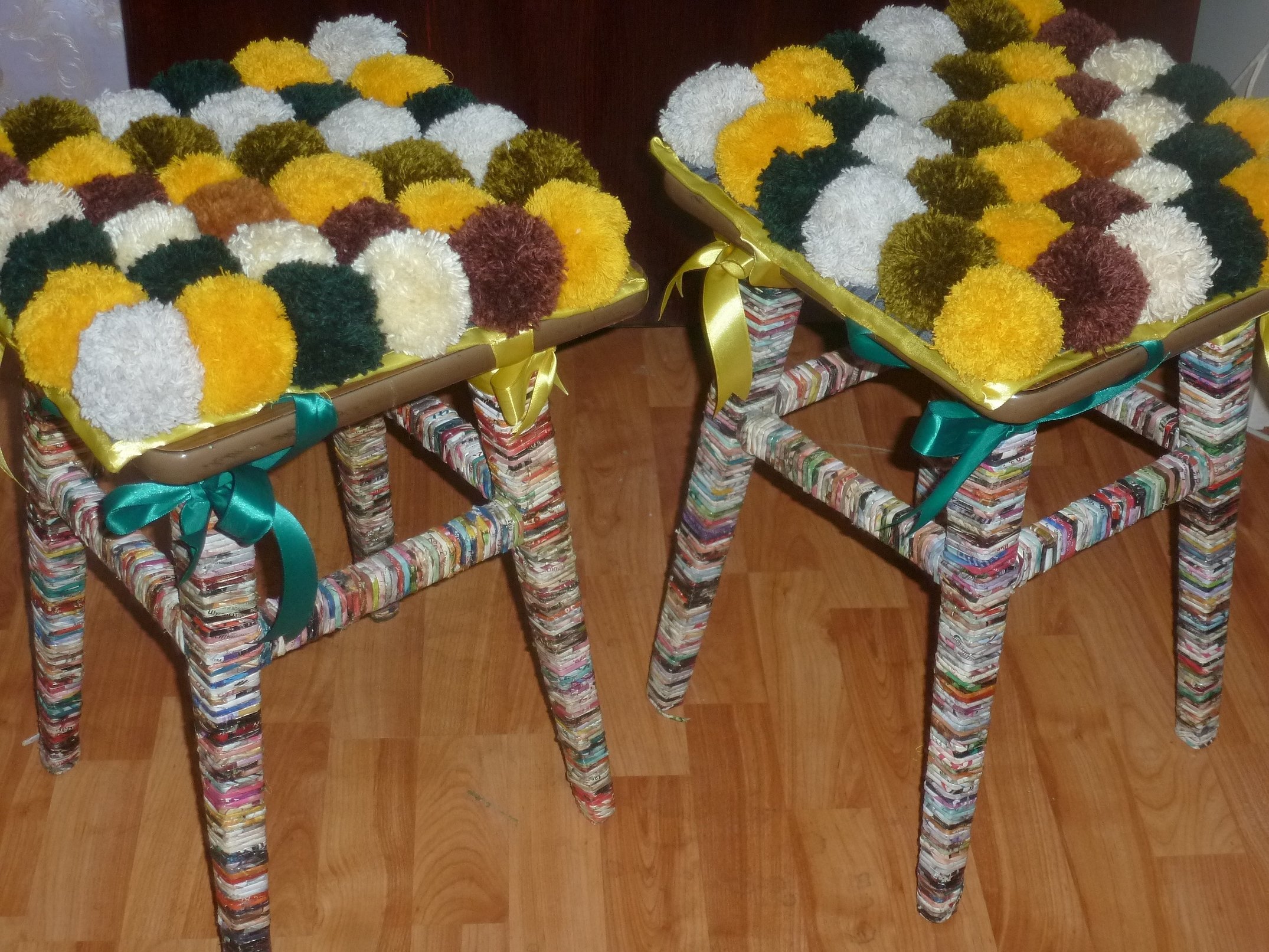
How to make stool covers with your own hands
You can make a furniture cover from the following materials:
- gabardine. A soft fiber that has good strength. This fabric has a slight shine and is water-repellent. However, it has a significant drawback - the material slips a lot during use;
- crepe satin. Soft and silky fiber with good wear resistance. The material practically does not wrinkle or stretch. Crepe satin looks elegant, it is suitable for decorating stools in the living room;
- lycra. A dense synthetic fiber that is wear-resistant. Lycra is a budget and durable material;
- spandex. Polyurethane fiber, which is most often used for upholstery of kitchen stools. The material does not absorb moisture, odors, and is easy to clean with plain water.
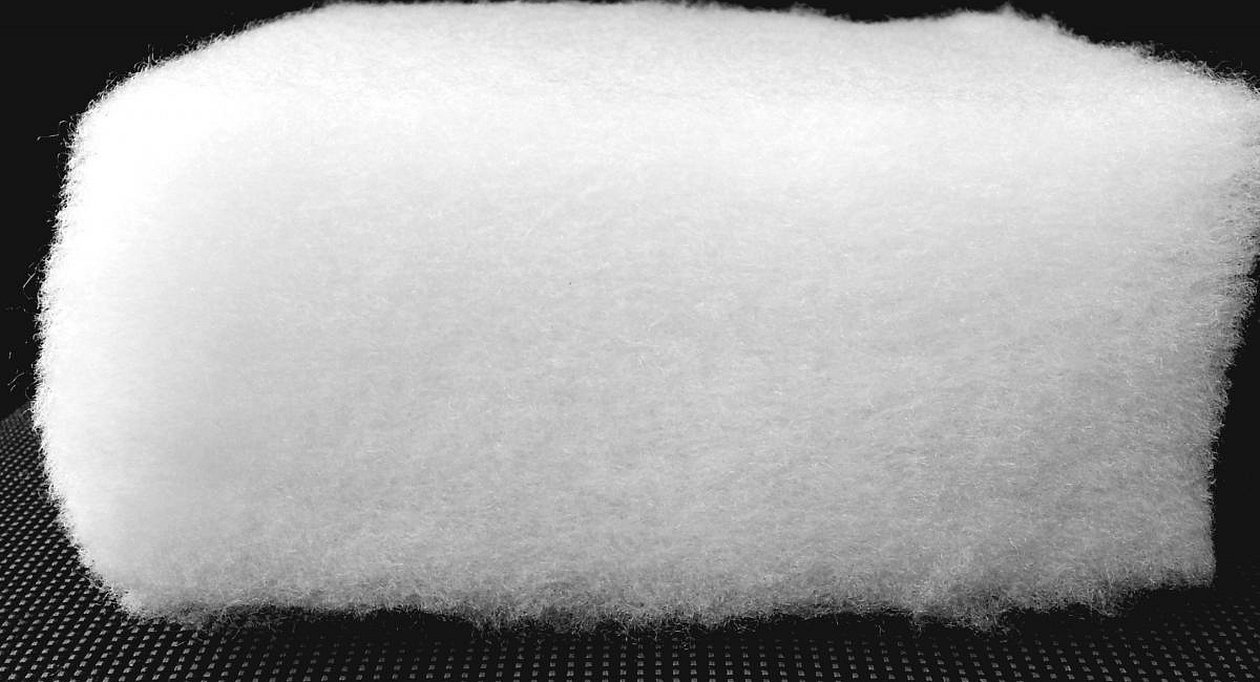
Furniture covers are also made of linen, brocade, and artificial fur. It is recommended to make products from durable and moisture-resistant materials that respond well to high humidity in the room and periodic temperature changes.
Important! The best option is leather or spandex.
Necessary materials and tools
To sew a cape you will need to prepare the following tools:
- soap or chalk for marking;
- a ruler or a tape measure;
- awl (if using leather);
- pencil;
- pins.
The seams of the product are stitched on a sewing machine. The pattern can be made on a cardboard or plastic sheet. Its dimensions should exceed the dimensions of the future cover. In the process, you will also need an elastic band (at least 3 cm wide), threads (in the color of the future product).
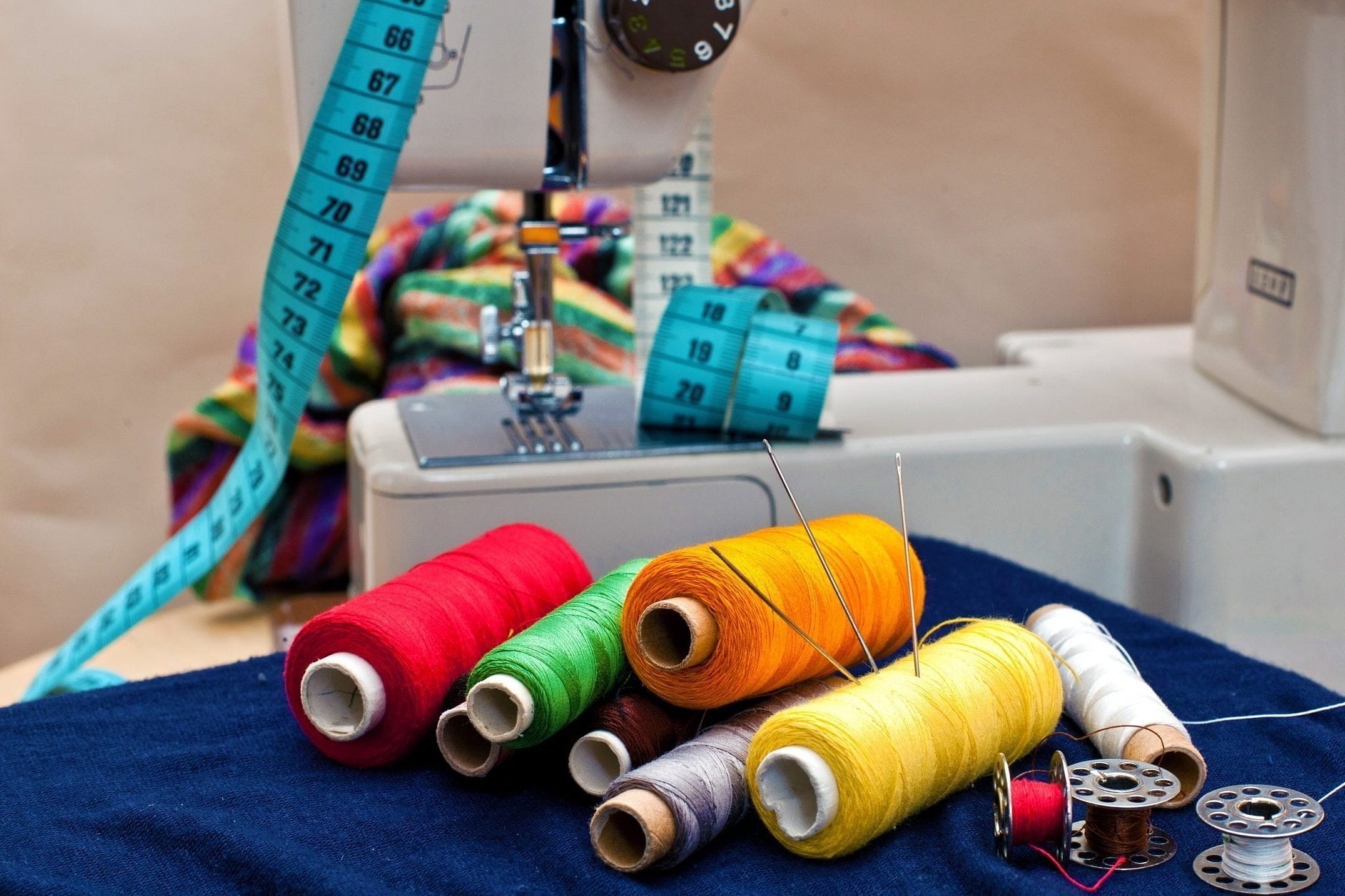
Preparing fabric and foam
Before sewing the cape, you will need to carefully smooth out the fabric so that there are no folds. You will also need to prepare foam rubber for softness. There are several types of fillers that are used for sewing furniture capes. The most popular of them are:
- sintepon. Artificial and durable foam rubber that does not lose shape, has good elasticity, and shows high thermal insulation properties. Sintepon is inexpensive, so many users choose it for upholstery of stools. Of the minuses - the material lets air through and loses its properties at low temperatures;
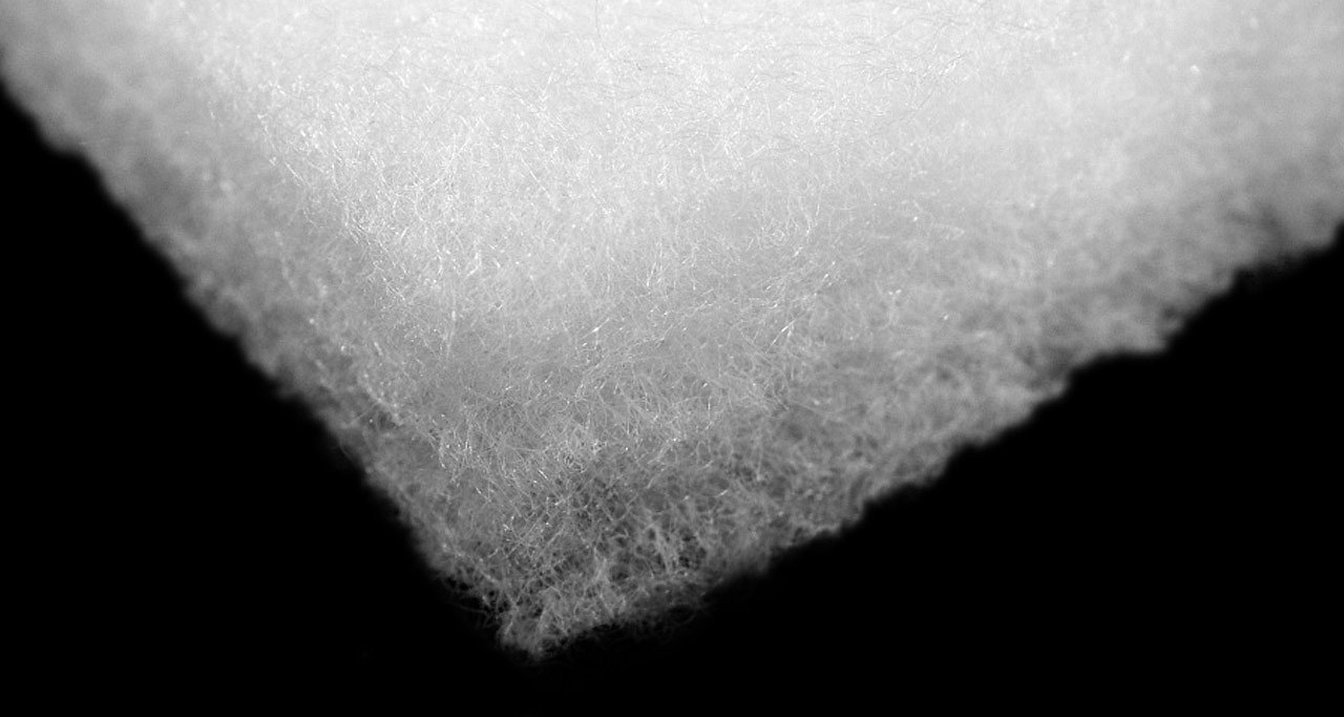
- holofiber. The material is made of springy fibers, it shows good plasticity. Holofiber can be washed in a washing machine. The fiber allows air to pass through, is easy to clean, does not require special care, and keeps its shape for a long time. Disadvantages - the material can absorb liquid, it does not tolerate an increase in the humidity level in the room;
- foam rubber. Dense material that holds its shape well. Foam rubber is flexible, practical, hypoallergenic. It can withstand room temperature changes and retains its shape at sub-zero temperatures. Cons: the fiber is not environmentally safe, and foam rubber is also quite fire hazardous.
For your information! Before you start sewing, you also need to take measurements of the furniture in order to cut the fabric to the right size.
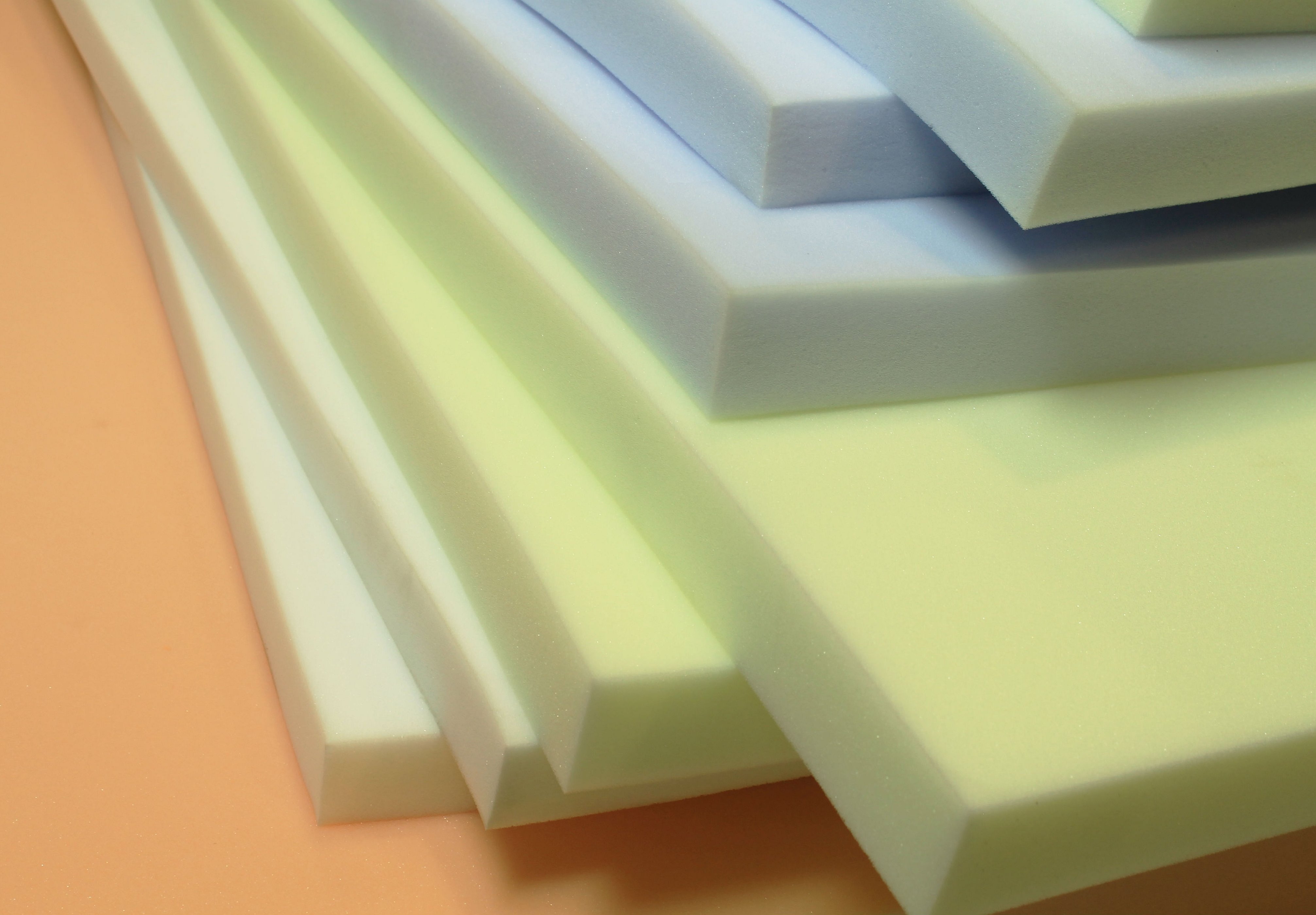
Schemes, patterns and sewing stages
Patterns can be found on the Internet or in specialized publications. Usually, the surface of the stool is measured for the pattern. After that, a piece of the required size is cut out of cardboard, it is applied to the filler, outlined with chalk or a pencil, and the piece is cut out along the intended markings. The same actions are carried out with fabric. However, in this case, it will be necessary to make an indent of 1–2 cm on each side + an additional 6 cm is added for the thickness of the product (due to the filler). After that, the drawn element is cut out using sharp scissors.
The type of cutting may vary depending on the shape of the furniture. The entire sewing process is divided into the following stages:
- preparation of materials;
- selection of sewing pattern, preparation of cutting;
- sewing process;
- foam insert.
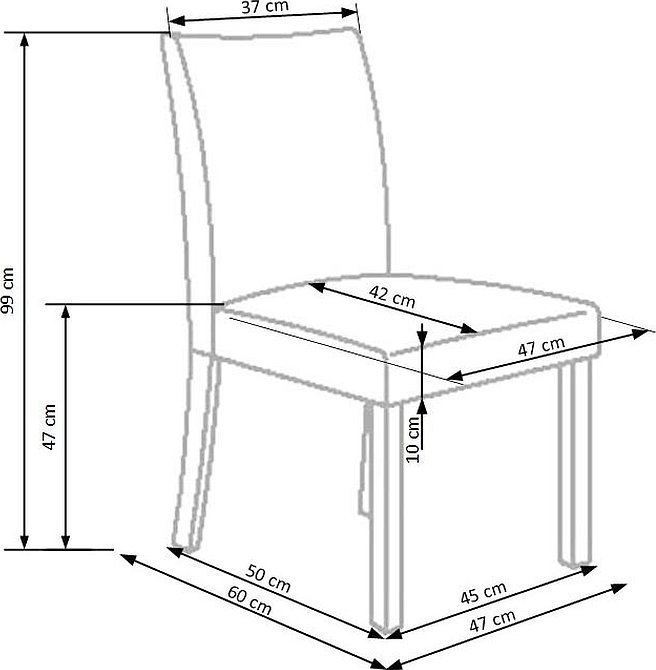
Important! The final stage is decorating the finished accessory.
DIY Stool Covers
After taking measurements, choosing fabric and filling, you can begin the sewing process.
We cover square seats
Before sewing a stool cover with elastic, you need to measure the surface of the product and transfer the data to cardboard. It should be applied to the filler and cut out a piece of the appropriate size. A cardboard element is applied to the fabric in a similar way, but a piece is cut out with a margin of 7-8 cm (depending on the thickness of the filler). When all the parts are prepared, you can begin the process of connecting the furniture cover.

How to sew a stool cover with your own hands – instructions:
- the synthetic padding and lining fabric are connected and stitched along the perimeter;
- a groove is left at the top for stitching the hem;
- the actions are repeated with an exaggerated segment;
- the lower part of the product, on which the filler is fixed, is applied to the upper part;
- the parts are joined using a blind stitch;
- an elastic band is pulled through the sewn-in lapel. A pin can be used for this purpose;
- The seams are processed with a machine and smoothed using steam treatment.
After this, the accessory can be tried on a stool. If the product sits loosely, it can be sewn in at the corners. When the cape fits the size of the furniture, it can be decorated with various elements: lurex, beads, satin ribbons.

How to design round seats
Before sewing a stool cover with your own hands, you will need to lay out the prepared material on the floor, straighten it (preferably with an iron) and apply the top of the stool to its surface, outline it with a piece of soap or chalk. The second circle is drawn according to the same pattern, but with an indentation from the edges of the first by 10 cm. The diameter of the second part should be 5-6 cm larger (the specific figures depend on the thickness of the selected filler).
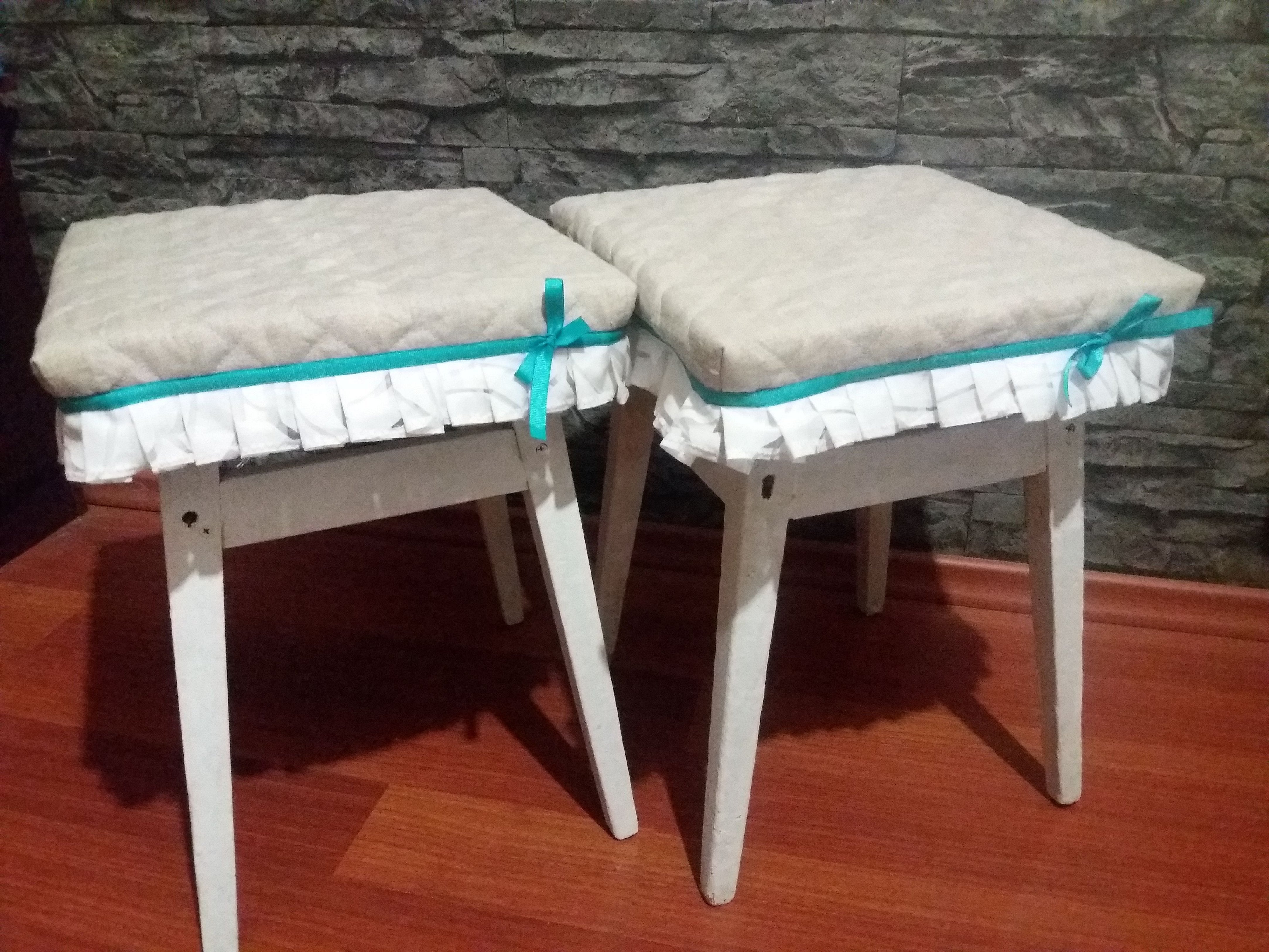
What to do next, master class:
- make a pattern from the filler according to the intended scheme;
- apply the synthetic padding to a larger piece of fabric;
- overcast the workpiece along the edges;
- bend the ends of the large circle so that they fit tightly around the soft filling;
- apply a round part of a smaller diameter to the workpiece;
- sew the elements together using a blind stitch, remembering to leave room for the elastic;
- make a bend to thread the elastic through;
- thread it through with a pin;
- carefully stitch the seams on the machine.
Important! Now you can put the accessory on the furniture. If its size is suitable, you should start decorating the cover.

Decorating the product
When using colorful or patterned fabric, you can do without additional decoration of the resulting products. However, if a single-color fabric was used in the process, the master can slightly refresh the accessory and make it more interesting. Most often, specialists use the following decorative elements to decorate such a necessary piece of furniture:
- lightning;
- bows;
- decorative ties;
- frills and flounces;
- satin ribbons;
- brooches, artificial flowers;
- rhinestones, sequins, lurex;
- beads.
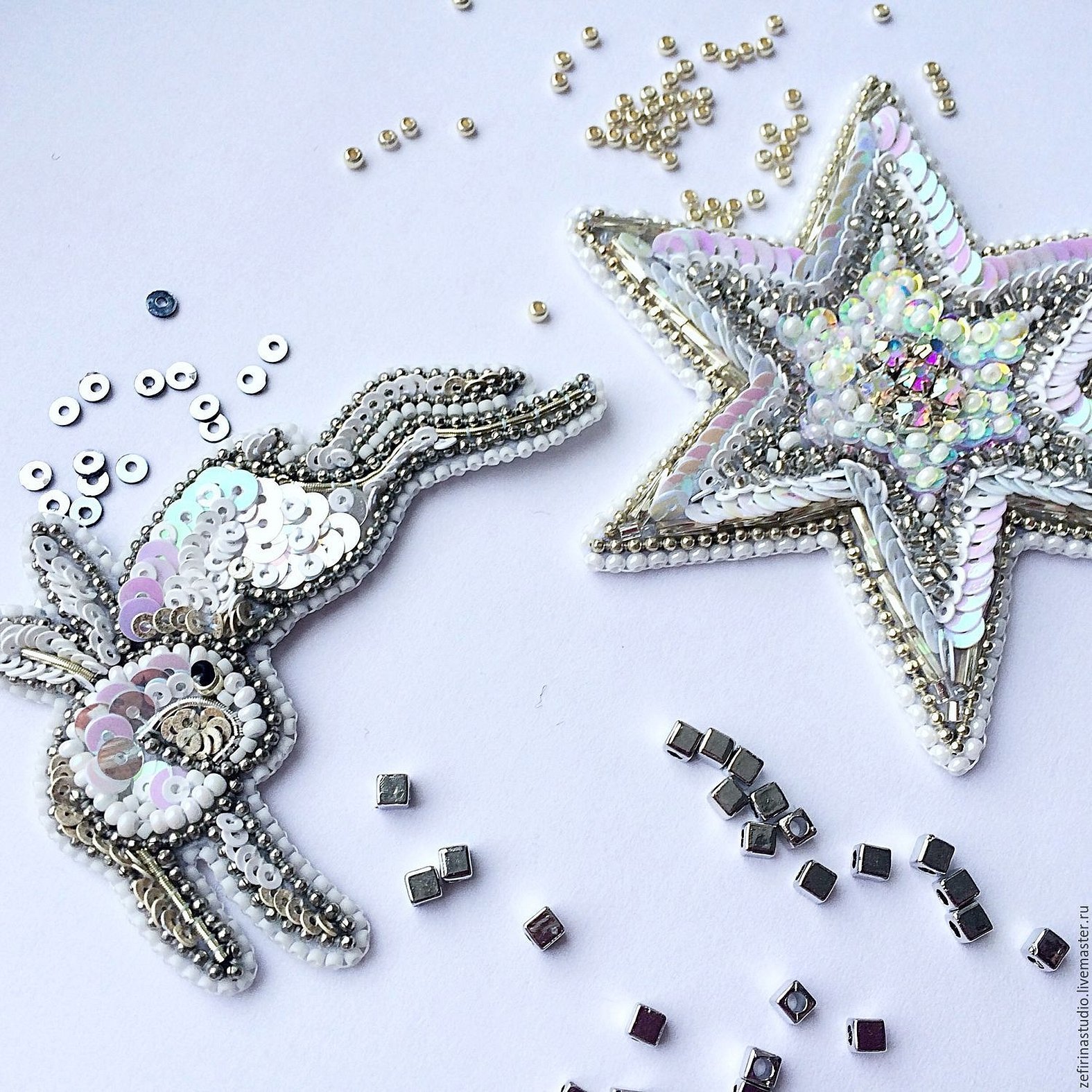
When choosing decorative elements, you need to consider that the cover will have to be washed periodically, so it is better to focus on durable and moisture-resistant elements. In such cases, satin ribbons, bows, and ruffles are suitable. Sequins and rhinestones may fall off or lose their attractive appearance with regular washing.
It is also worth considering that some decorative elements are not very comfortable for sitting. This applies to brooches, flounces, bows. For everyday use, it is better to use more practical details (or refuse them altogether).
Important! Decorative elements can be glued with strong fabric glue (regular glue will not work in this case) or sewn on using a needle and thread.
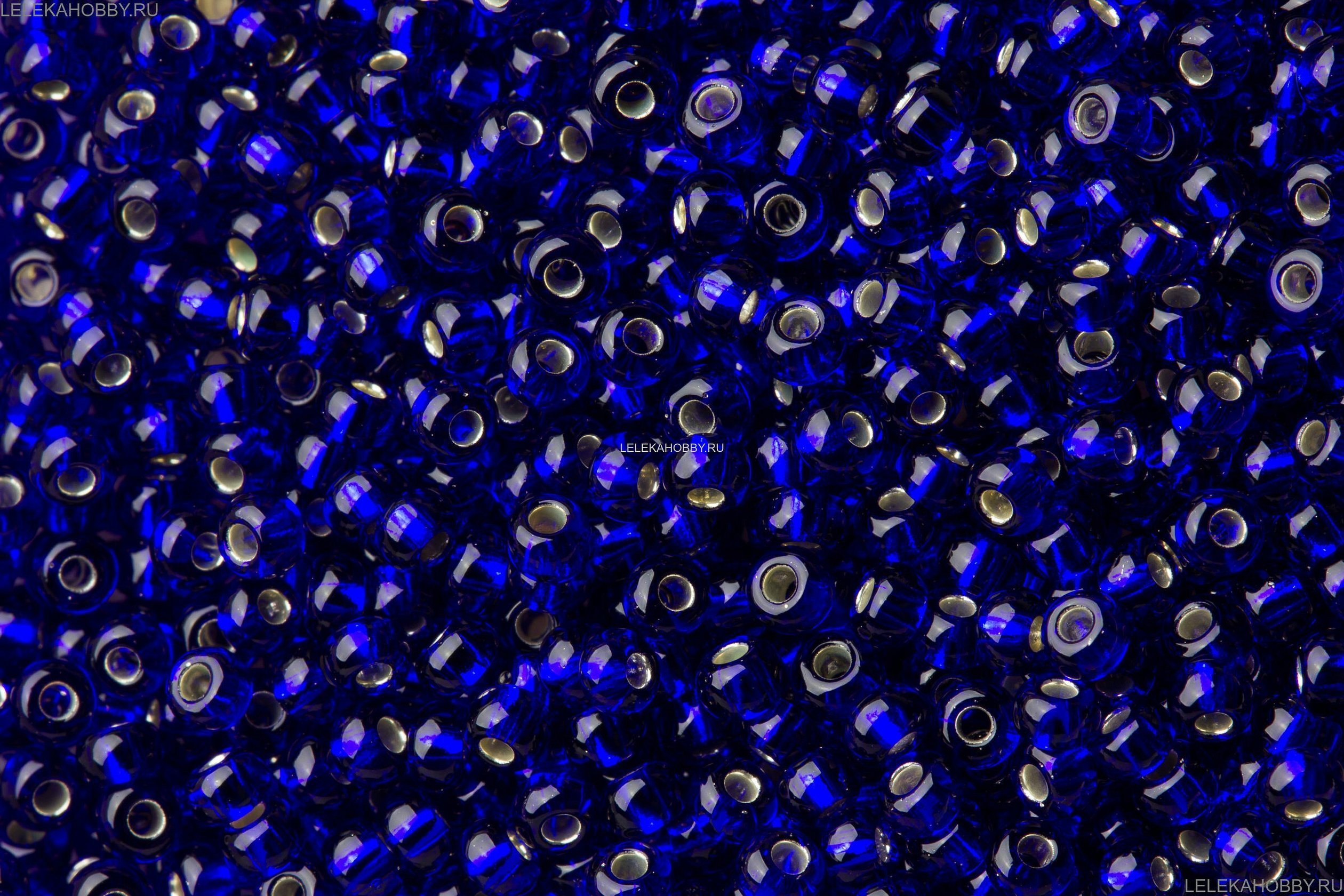
Stool covers with soft filling are comfortable capes that help to refresh outdated furniture and give it a more attractive appearance. The capes are made in various colors and decorative solutions, which allows you to make an accessory for the interior of any style. In addition to external features, the product has a protective property, preventing damage to the surface of the furniture.




